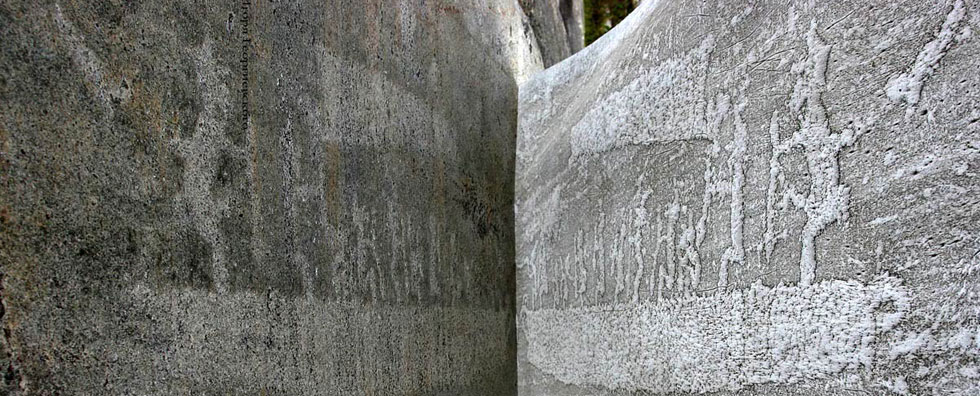
Issue №1, Vol. 10
Vasilyev S., Dospehova N., Kolesnikov G. Simulation of Unequal Diameter Spruce Pulpwood Interaction in Debarking Drum // Resources and Technology. 2013. №1, Vol. 10. P. 24‒38.
DOI: 10.15393/j2.art.2013.2321
Simulation of Unequal Diameter Spruce Pulpwood Interaction in Debarking Drum
| Vasilyev S B | PetrSU, servas@psu.karelia.ry |
| Dospehova N A | PetrSU, @ |
| Kolesnikov G N | PetrSU, @ |
|
Key words: pulpwood; debarking drum; collisions; simulation; contact forces; patterns of impact forces evolution |
Summary: Interaction type and intensity are the main factors that influence the efficiency of pulpwood debarking in debarking drum. This technological process is a scantily known complex subject. That is why new decisions on improvement of pulpwood debarking process have met difficulties. The article deals with computer simulation, which explains the pulpwood diameter (mass) effect on its collision characteristics in debarking process by means of drum. Work goal: the determination of maximum interaction force at collisions of pulpwood of unequal diameter (or mass). Earlier offered mathematical simulation for numerical determination of this force is applied. The experimental data for spruce pulpwood stiffness were used as initial data for calculation. A simulation application has been demonstrated by six case-studies. In all of them pulpwood 1.2 m length was taken into account. Two different diameters of spruce pulpwood (0.12 m with a mass of 9 kg and 0.20 m with a mass of 31 kg) were used to reconstruct pulpwood collisions in the numerical experiment. As a result of the work, it was established that pulpwood diameter decrease leads to the increase of collisions number in the unit of time. The forces of contact interaction reach maximum more quickly. However, the maximum of pulpwood collisions force is decreased in the considered cases. |
Displays: 2671; Downloads: 2453;




